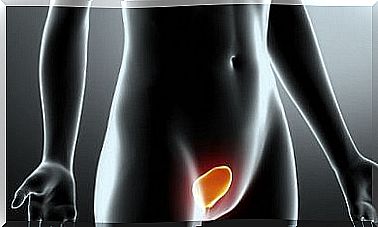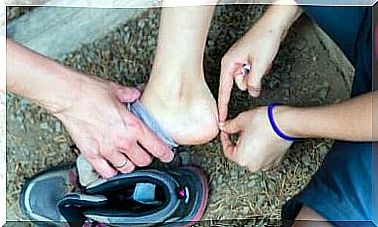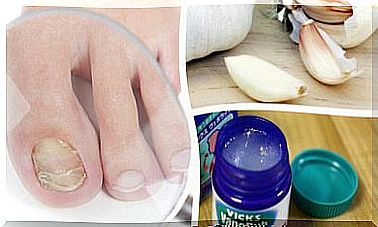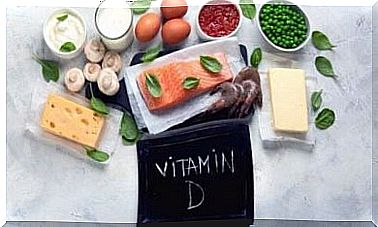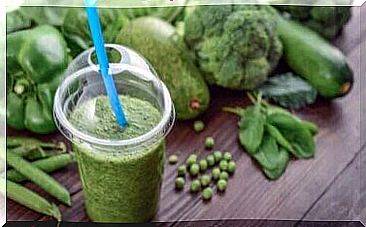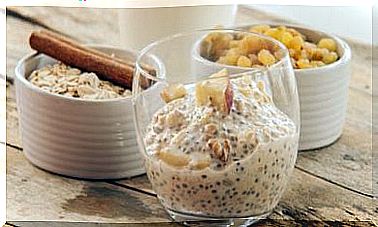Is It Recommended To Heat Plastic In The Microwave?
Heating plastic in the microwave is a common and simple activity, but harmful if we do not use the right equipment. Find out more about the specifications in this article.
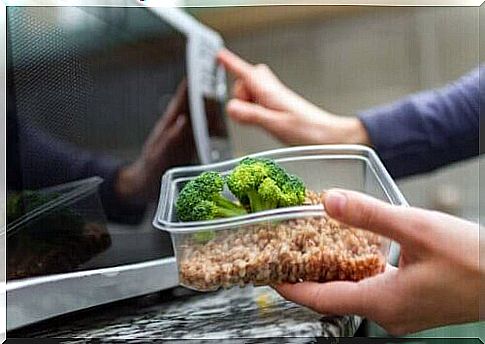
Domestic life is surrounded and facilitated by containers made of synthetic material of organic origin composed of polymers. So it is very likely that we are heating plastic in the microwave. And then we ask ourselves if this practice is healthy.
This familiarity did not prevent the alarm signal from lighting up. We know that by heating foods in the microwave, molecular vibration alters their chemical composition. In the same way, that of the container can be modified.
The debate is vast and fueled by arguments for and against the use of the microwave. There are detractors, and others who argue that with the right plastic and knowing the properties of food, it is harmless, as declared by the World Health Organization (WHO). In this article, find out which plasticizers are suitable as well as the risks when using the microwave.
What types of plastic are there?
Plastics are classified according to whether they are natural and synthetic. Among the synthetics, we find thermoplastics, thermostables and elastomers. According to the established codification, they are identified with a Möbius triangle, the international symbol for recycling, and numbers up to 7:
- PET (polyethylene terephthalate): it has many properties, such as transparency and admittance of dyes. It is resistant, light and is easy to recycle. It is generally used to transport drinks.
- HDPE (high density polyethylene): it is flexible, although it has a certain rigidity. It is resistant to chemical impacts and to low and high temperatures. Colorless and almost opaque, you can print patterns, draw or paste things on it. It is used as a food container, but also for cleaning products or engine oil.
- PVC (Polyvinyl Chloride): This is a very flexible and transparent plastic, common in bags, laboratory containers or frozen food. Once recycled, it can be used for containers, garbage cans and pipes.
- LDPE (low density polyethylene): little recycling margin. It is the least used in the food chain because of its ease in releasing toxins. It is resistant to acids. Due to its hardness, it is used for pipes, pipelines, medical equipment, detergent bottles and other applications.
- PP (polypropylene): also resistant, with thermal stability, easy to model and color. We see it in bottle caps, deli boxes, and diapers. It is resistant to chemicals, boiling water and detergents. It is the only one recommended by the World Health Organization to come into contact with food.
- PS (polystyrene): Known as plastic glass, it is tough and is used in food, toys and laboratories.
- Others (plastic mixture): difficult to recycle product made up of several materials. It is used in endless things, such as bottles, baby cups, medical packaging, car parts and CDs.

Which ones are microwave safe?
Microwave safe packaging is marked with the numbers 1, 2, and 5 according to standards and identification codes . Or it is labeled “microwave safe”. They are the only ones that you can put in the oven without altering their physicochemical stability and without toxic migration of particles.
You have to be careful with baby bottles because for decades they have been made from polycarbonate. This material, in the microwave, releases bisphenol A, an endocrine disruptor. Its manufacture is currently prohibited and has been replaced by polypropylene or polyethersulfone, which can heat up. However, let’s check the product labels to make sure they don’t have BPA.
As we can see, there is a wide variety of plastics and in the home we tend to reuse them. In fact, we transform containers of food or water into containers that were not designed for this purpose, or at least not in a sustainable way. Or we think that, because they are plastic, they are used for momentary heating in the microwave.
What are the risks ?
Far from being inert, certain plastics subjected to heat or cold release dioxins, poisonous and carcinogenic substances. These enter food through a chemical process called migration .
Even if some analyzes believe that there is an overestimation of the migration process, the crossing of scientific arguments calls for caution. Let’s see some examples:
- If the container is numbered 7, it means it has bisphenol. In large amounts, the latter can be harmful to the body. It is an exogenous substance which, according to studies, is linked to obesity, endocrine alterations and chronic degenerative diseases.
- Those which carry the number 3 and the initials PVC contain phthalates. These are chemical compounds used as plasticizers, harmful to health.
- Never microwave food in plastic marked with the number 4 or PVC (polyvinyl chloride) or the number 6 or PS (polystyrene).
Another study found that people who microwave frequently are overwhelmingly unaware of the correct plastic. Worse, they use any container and overheat the food. This increases the possibility of foreign substances migrating from the surface of the material to the food.
We must add to this all that derives from the standards of life and work that promote the heating of food with a high fat content. In fact, migration increases when products with these characteristics are reheated and when the contact time is extended.
Other options for not heating plastic in the microwave
If we don’t have microwaveable plastic, let’s use glass or ceramic containers that will easily withstand oven temperatures. Since it is sometimes only a few seconds, using paper or cardboard, preferably white, will not involve any risk.
Among the best options we find silicone and pirex glass , which we can use for both microwave and conventional oven.
Metal containers have been discarded from possible microwave use. Currently, according to manufacturers’ recommendations, aluminum foil is permitted. You can even find containers made of this material on the market, designed to be put in the microwave.
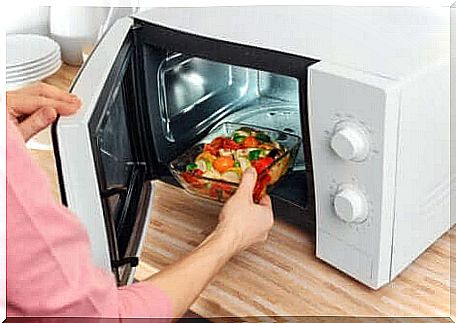
To heat plastic in the microwave, pay attention to the qualification of the container
We recommend using containers specifically declared to be microwave safe by the manufacturers. The standard states that they sell containers with the plastic type specification written on them, so we have to know and manage the information well.
On the other hand, if we have trouble recognizing which plastic is safe to go in the oven, we should opt, as a precaution, for glass or ceramic. It is also necessary to determine whether we only need to reheat and not to cook. For the first, it takes less time: if it is plastic or glass, the exposure will not cause any problems.
If it’s for cooking, things are different. In this case, it is necessary to use a container on which we find the characteristics indicating that it can go in the microwave. Let’s avoid those which have become deformed or which are very worn. They have more of a tendency to release chemical elements.
